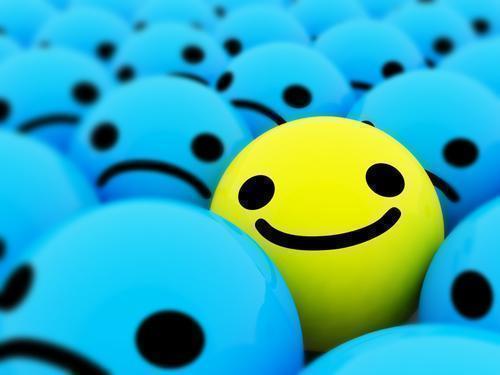Research on happiness is always somewhat interesting to me. After all, that’s pretty much the basic human emotion we’re all seeking, right? People are always trying to be happy. There are entire industries that spring up around trying to make people happy. We know that only about 1 in 10 Americans can balance “being busy” and “being happy,” and now we may have a little bit more context on those findings.
Thing is, happiness changes a lot over time — as you age — and most people go looking for it in the wrong place.
UPenn marketing professor Cassie Mogilner has done quite a bit of research on happiness, and her findings are interesting. First, there are apparently two “types” of happiness: there’s an excited type and a calm type. You see the excited type more in teenagers (think of shrieking girls). You see the calm type more in people established in their life. It’s kind of the reason why you eventually shift from being a Friday night raging party to a Friday night dinner and a movie, and you can still be happy in both contexts. Look at this chart, for example:
Look at how that shifts. It’s drastic. Basically, if a 16 year-old girl and her 50 year-old mom both say “I’m happy,” they’re basically saying the same thing with entirely different meanings (most likely). That’s kind of odd to consider.
The broad takeaway for marketing — which is what Mogilner teaches at a top-tier business school — is pretty clear: when you market to teens, the focus is on excitement and newness. When you market to older people, the focus is on calm.
Here’s the broader takeaway overall:
An interesting implication for consumers, or really anyone who’s interested in feeling happy, is to shift attention away from money, which is a resource that tends to absorb most of our attention and our thinking and planning on a daily basis, and shift attention to this fundamentally precious resource of time. Making that shift will remind you and motivate you to behave in ways that are happier, and to spend your time in more fulfilling ways.
There’s bucketloads of research on money and happiness — look at this, or this — and the oft-quoted idea is that the perfect salary for happiness is actually $75,000/year. As people earn more money, their day-to-day happiness rises; after $75K, it’s basically just more stuff. There’s no more happiness.
You can take any findings about money and happiness with a grain of salt, because essentially, the purpose of money is to give you more flexibility in what you do with your time. (As such, they’re closely related concepts.) Very few people in the world work for the sake of working; in a capitalist society, you basically have to work to do the rest of the stuff in your life.
But it’s interesting: I know a ton of very affluent people who are essentially miserable on a day-to-day basis. I know people who struggle to feed their family and they love life. It’s all based on your contextual situation, to an extent — but it’s also based on how you look at the idea of happiness. It’s not really something you can “chase.” Here’s what Mogilner says:
Happiness is not a singular thing that people are pursuing and will someday find. It’s also not purely idiosyncratic and something different to everyone. Instead, there is predictable regularity in how people experience happiness, as well as in the experiences that elicit happiness. Also, there is a systemic shift over the course of people’s lives whereby when people are younger, happiness is more about feeling excited, and as people get older, happiness is more about feeling calm.
In sum, then:
- Don’t focus on money as the source. Focus on time.
- Realize that happiness shifts as a definition and destination.
- Realize that it’s not something you can catch.
- (If you read the whole Mogilner article above, you’ll also find out that your least happy time of day, generally speaking, is work.)

